Jessica Frank
VP Andy Cantouris
I'm planning on taking a visit to the Peak District this week to get the ball rolling for my Visual Practice, to be focusing on Urban and Rural a great place to start is to shoot in a landscape and then again in a city. I also want to experiment greatly with the film and in the darkroom after. I plan to shoot on black and white medium format for this. But alongside would like to shoot a 35 mm colour film just for experimentation alongside my digital SLR just incase.
I'd really like to take the landscape images and soak them in various things like petrol or oil, leaving them in there for days, weeks and months taking a few strips out at various time spans washing and printing them to represent the common occurrence of pollution we inflict onto our beautiful landscape. I'm unsure if this will even affect the negatives or the outcome but is something I'd like to try. This being with both colour and black and white to see what works better, and probably 35 mm first as it's not only cheaper but gives me a lot more negatives to work with.
So far I have been unable to find anyone who has done this which makes me think maybe there will be no change however I have found an artist who covers the negatives in gasoline and sets them alight and after immediately chuck water over them to ensure the whole image is not lost. These leaves fascinating affects and will be something I would love to try I'm just unsure if the process of burning negatives has been overdone so much it isn't effective for the viewer anymore. His reasons behind this work were fascinating but also along the lines of my intentions for doing this. Below is some examples of his work, the process he does and a short write up on it.
Statement:
Fox River Derivatives is a series that began with a questioning of the human relationship with available natural resources. Using the theme "Water and Oil" the images are the result of an experiment that utilizes water and fossil fuels in the actual image-making process, letting these substances become an important variable in the visual representation. Photographs are made along the Fox River which passes through both untouched rural areas and consumer-oriented suburban sprawl.





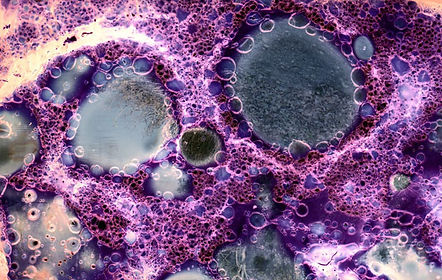
Short article on the work:
Lisle, Illinois-based photographer Peter Hoffman‘s “Fox River Derivatives” project is a series of abstract photos that question mankind’s relationship with natural resources. The photographs have a strange purple bubbles and colorations across the surface that are the result of an interesting technique: these images are what you get when you burn your negatives.
After the BP oil spill in the Gulf of Mexico in 2010, Hoffman has been playing with the concept of “Water and Oil.” His experiments have been centered on using water and fossil fuels in the photographic image-making process, incorporating those substances as important components in the photos that result.
Hoffman started out by photographing sections of Fox River, a 202-mile-long tributary of the Illinois River that passes through both rural areas and “suburban sprawl.” As he rode his bike up and and down the river, the photographer snapped various scenes using his medium format film camera.
Once the film was developed, Hoffman sprayed a layer of gasoline over the negatives, put them in a puddle of gasoline, and set them ablaze by throwing a match into the mix. After a short period of burning, Hoffman stopped the process by pouring water onto the negatives.
The photographs in this post are what resulted from this trial-and-error process after the negatives were printed
I do love the abstract pieces however the ones where more of the image before is left work better for my intentions if I did decide to give this a try. The only problem is I love black and white and the atmosphere it adds to an image, but also my passion and enjoyment with black and white printing. I'm just unsure if this would be as effective without the harsh bright colours. This is something I will experiment with in both mediums and work onwards from there.
I took a trip to the Peak District in the hope of capturing some images showing this place as a national park, and a place thought of natural beauty and acts as a place for you to admire the work of mother nature. However alongside this I wanted to include the infliction of man-made objects for example walls, roads and signs. Although these didn't impact on the landscape as heavily as a village, town or city we've still intruded on place. I done this in color 35mm as I wanted to destroy the negatives or erode them slightly to represent the damage we are doing to our lifeline. These are the originals from this shoot.





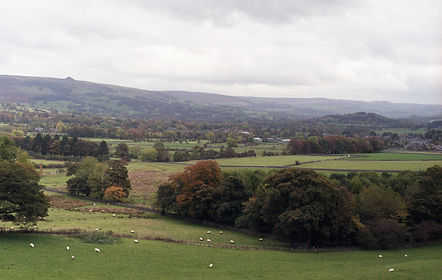


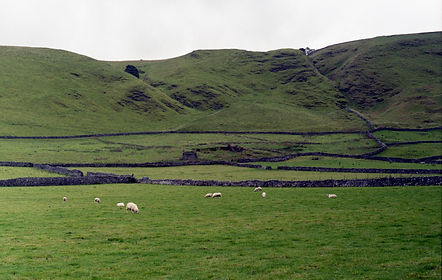
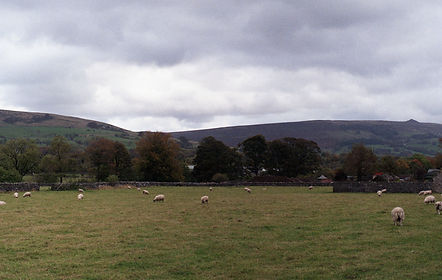


As just a base shoot I wasn't expecting much from these, and that I got. I wasn't very happy with most of them but wanted to at least use them to experiment with. I did enjoy making them exploring around the beautiful scenery I feel the damage done to them after will pose a more interesting image.
After I had scanned these I went on to burn the negatives, however without any chemical interference this time just to see the results I tried hard to not burn holes in them as I wanted them as complete images just damaged. I tried different techniques, burning just the edges, just warming the middle and layering them on top of each other and burning two together. These are my results:







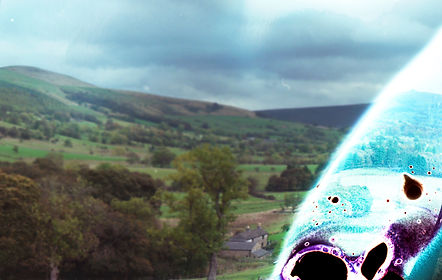


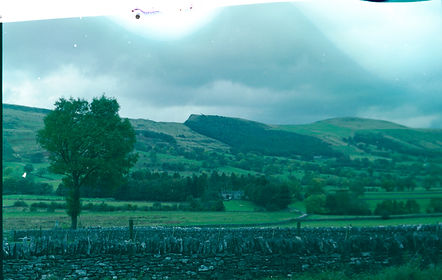





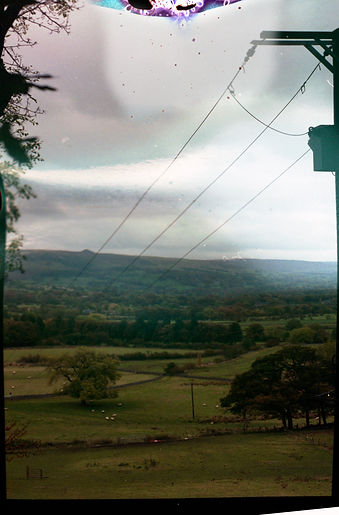

I'm really pleased with the outcome of these, I purposely controlled my burning because I still wanted the image to be recognisable, as this isn't a place that had been completely transformed into buildings and roads, but it just slightly affected by these I wanted the harsh colours from the burning to represent the slight affect at the moment. I would love to experiment with different chemicals to see what the effect is on the scanned negatives, I would also like to maybe use a clamp to minimal warping and see how that comes out.
Peak District
Shoot 1
Peter Hoffman
Eric Dallimore




Statement about work:
While photographing in Hungary, a cache of exiled communist sculptures were discovered, aging in a forgotten field. To convey the death of communism, and the struggle of everyday life that was suppressing Eastern Europeans, each negative was concisely burned and shattered. Each time the negatives are loaded into a carrier, the 3-dimensionality of these once 2-dimensional negatives creates a different focal point. In an image making process that is trademarked for perfect reproduction, these deteriorating negatives will create particular nuances over each edition.Adding a third dimension to photography allows for a whole new experience in a traditional medium. These negatives became sculptures, responding to the environment, to the light. The discussion of what could be happening behind the veil of soft focus, becomes a comment on the argument of communism.
I also have come across this artist who used the destruction technique on there work, I like that these were black and white and think I may give this a goin the future. I'm unsure of how he got the cracked shatter affect and what process this was however I will research further. I love the statement that accompanies this work where he talks about the photograph becoming a sculture due to this process, I also like how he is using the burning as a statement important to the work which applies to me also.